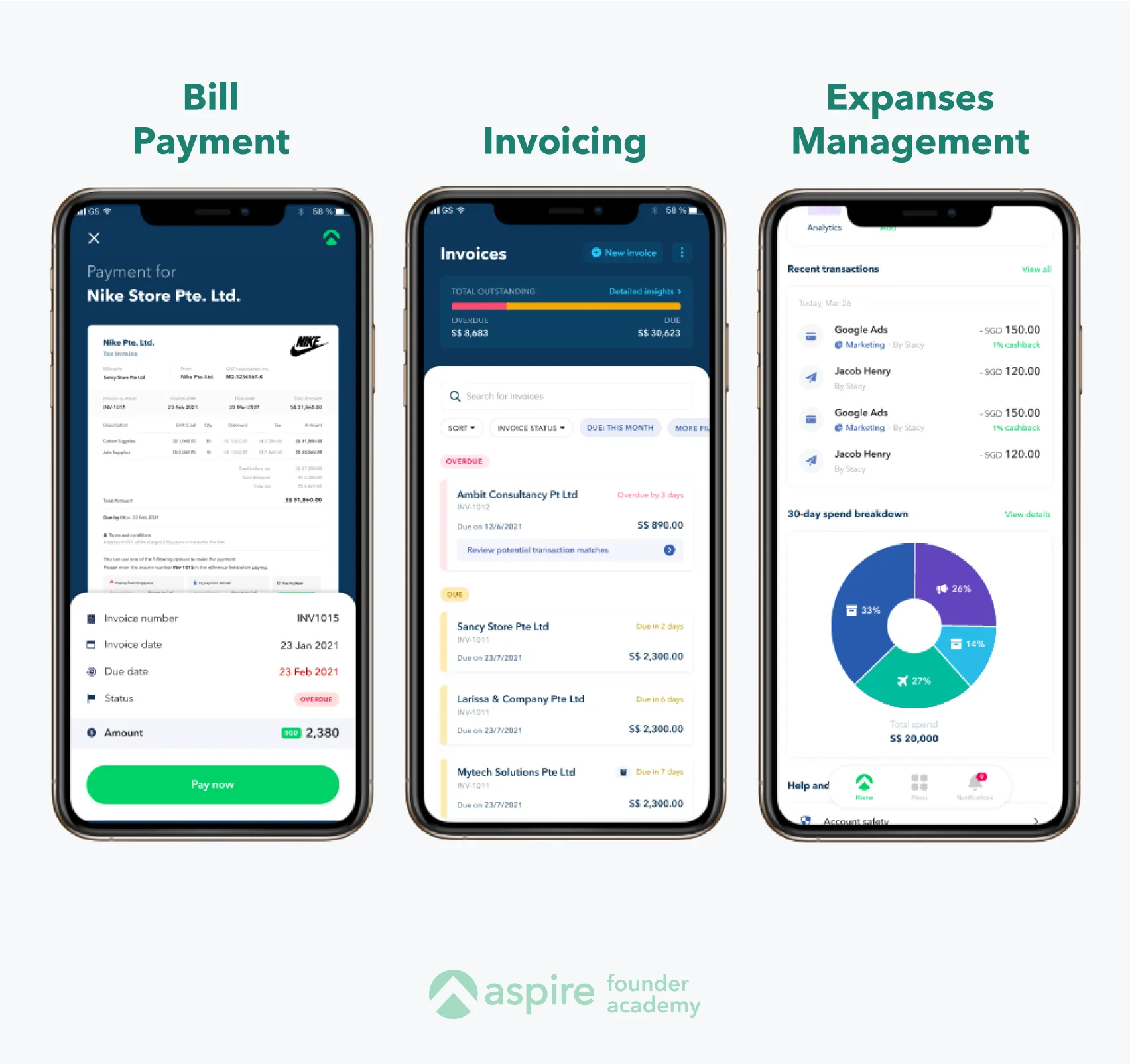Summary
How Do You Calculate Average Revenue Per User?
The Average Revenue Per User (ARPU) is an important business metric for all sorts of start-ups.
You learn a lot about your company’s financial health by calculating how much money one customer brings in over a given amount of time. VCs and other investors will also be very interested in this metric, so be sure to have the information to calculate your ARPU easily.
What is Average Revenue Per User?
Average Revenue Per User is the average amount of money a start-up can expect to generate from one subscriber, user or customer over a specified period.
Depending on their earning model, founders and entrepreneurs also refer to it as Average Revenue Per Customer (ARPC) or Average Revenue Per Account (ARPA).
By tracking this essential metric, you will learn if you’re extracting enough value from your existing customer base, and how much you can expect to earn from new customers. It’s especially relevant for subscription-based businesses, as it indicates which price tier drives the most revenue.
How is ARPU calculated?
Before using the ARPU formula below, you need to define a period. We’ll use the example of a start-up with a monthly subscription model. In this case, it makes the most sense to calculate ARPU on a monthly basis:
Total revenue for a given time / Total active customers in the same period
To know how financially healthy your business is, compare your ARPU calculation with benchmarks in your industry. This puts you in an excellent position to re-examine your segmentation, pricing structures and future revenue capabilities.
What is a good Average Revenue Per User?
As we just said, it’s important to compare your ARPU with industry benchmarks. The benchmarks differ across industries but also across regions.
Comparing your SaaS start-up’s ARPU with a Chinese restaurant in New York or a hair salon in London doesn’t make sense.
It is more useful and worthwhile to compare with the ARPUs of your key competitors and leading companies within the same industry.
We’ll do a little exercise. Let’s take a glance at the Average Revenue Per User in the Telecom industry in APAC.
In the financial year of 2020, Singtel’s Postpaid ARPU was 30 SGD, and the Prepaid ARPU was 14 SGD, Bharti Airtel’s Postpaid ARPU was 234 INR, and its Prepaid ARPU was 90 INR. Reliance Jio’s Postpaid ARPU, finally, was 244 INR and its Prepaid ARPU 84 INR.
What type of information could these companies get from comparing their numbers?
Airtel will probably be looking at how to earn more from postpaid, while Jio will aim to increase its prepaid revenue. And despite the economic differences between India and Singapore, they’ll both be looking at Singtel to increase their ARPU.
.webp)
Here’s another example: Social media companies like Meta (Formely Facebook) and Twitter use ARPU to track their primary source of revenue: Advertising. Meta’s ARPU in 2020 was 32.03 USD, and Twitter’s ARPU was 19.89 USD.
Purely based on revenue, this makes Meta a more exciting company to investors.
Companies don’t only use ARPU to compare themselves to others. It’s also an essential tool to track your start-up’s growth.
What if your revenue is increasing, but ARPU seems to be ticking downwards? Something might be wrong, and you might need to look for ways to improve the revenue per customer.
ARPU vs Lifetime Value (LTV)
Many new entrepreneurs wrongly believe ARPU and LTV measure the same thing.
We understand the confusion: They both show how much value a customer brings to your business. But here’s the difference: ARPU measures the average revenue a customer generates over a given time, while LTV measures the average profit a customer generates for your company for as long as they remain a paying customer.
How to optimise your ARPU?
Measuring your ARPU is one of several steps to calculate real growth. But to get the most out of it, you need to analyse it in correlation with your Churn Rate (the rate at which customers stop using your service) and Customer Acquisition Cost (the total cost of acquiring new customers).
The higher your CAC, the lower your ARPU will be. Some of the most significant expenses that factor into your Customer Acquisition Cost (CAC) are paid advertisements, salaries and overheads.
To optimise your CAC, find out where you’re overspending. You could be wasting a lot of man-hours on bill payment, invoicing and accounting, for example. Automating them will free up human resources for more productive tasks, and so it will substantially reduce your CAC. As a result, your ARPU will increase, and investors will be happier to give you their money.


.png)





.webp)
.png)

%201.webp)


.webp)